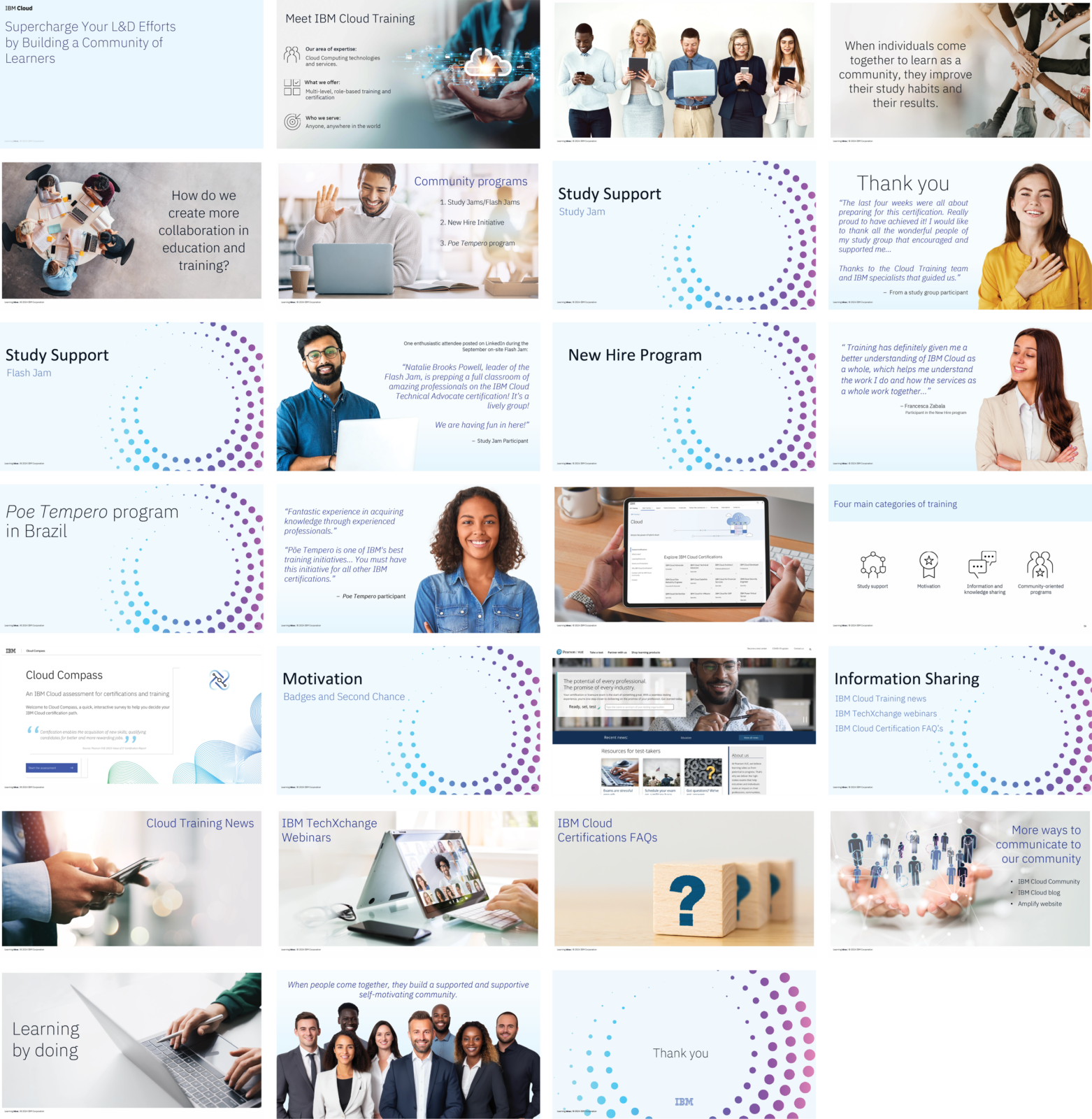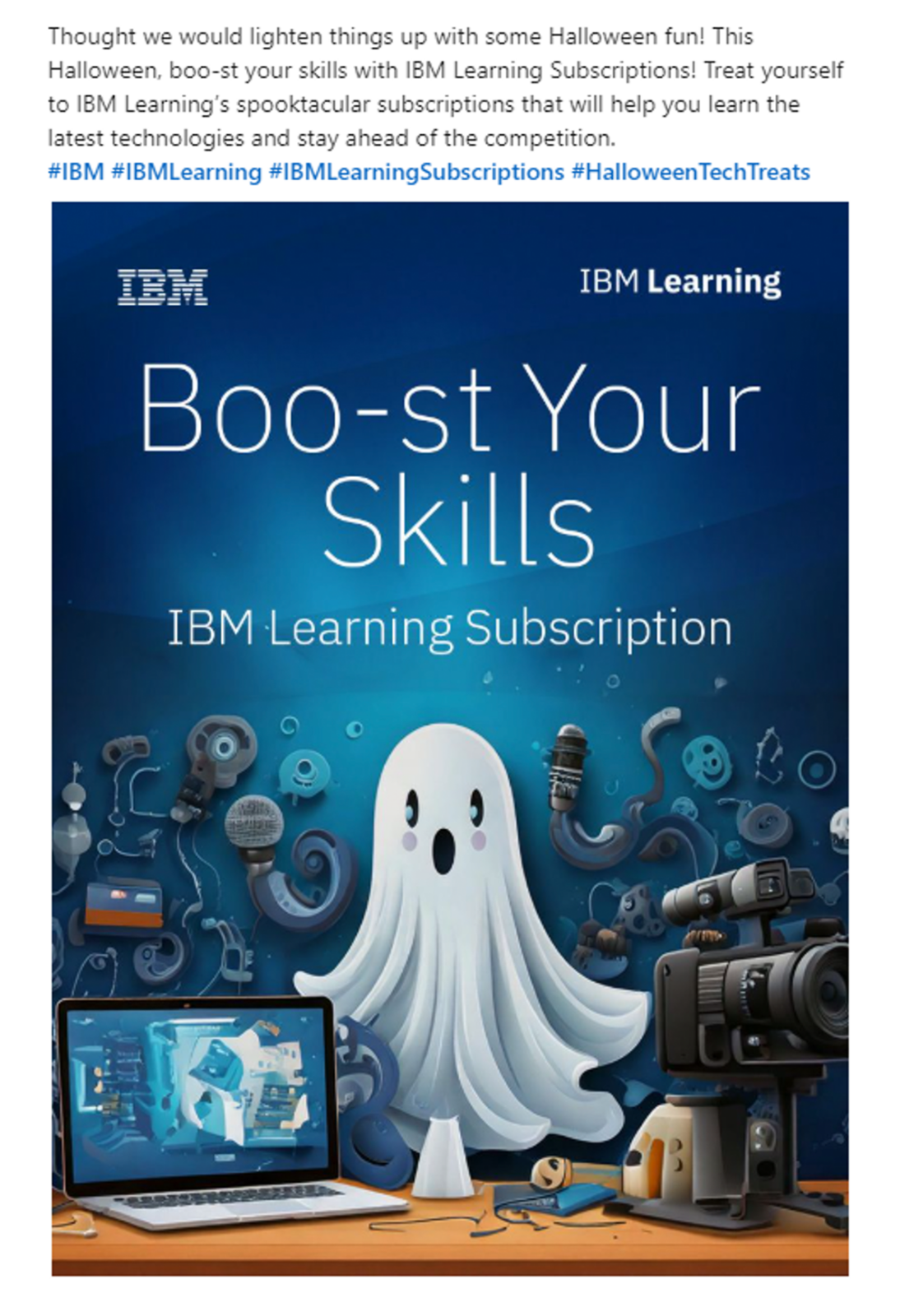In today’s digital world, your company’s website is an online billboard and storefront that’s open 24/7. In an ongoing survey with DeLaune clients and contacts, we found that many enterprises’ most valuable leads spring from live events.
One respondent noted that after taking part in this year’s RSA and CES conferences, her company “came away with some solid leads as well as an invitation to do a briefing for Gartner,” saying “[As] a start-up, it gives us a great opportunity to demonstrate our product and talk to a technical savvy audience.”
Getting the most value from these events, though, takes both preparation and followup.
- Industry trade shows and conferences give you visibility—but you’ll be jostling for attention: eye-catching displays and strictly top-level messaging will be more important than trying to convey subtle advantages. You will have a limited time to exchange names and hand over a brochure.
- Single-company events, whether small-group training sessions, user-group presentations or larger mega-events, mean an audience that starts out with some knowledge about your company and products. They should be primed to receive deeper information.
The obvious advantage of face-to-face live events is that prospects—or current customers —are right in front of you.
But those prospects are at different points in their buyer’s journey, especially in multi-vendor environments like convention show floors: You may talk with CEOs, operations managers or analysts, each looking at your offerings from a different perspective. They won’t know your value proposition unless you articulate it.
That’s why for every solution you offer, you should be ready with the short version. Think single-sheet takeaways, cued-up emails, or user-friendly URLs.
Gather new contact information, and whatever clues you can about the prospect’s situation. (Raffles or branded swag can go a long way.) Thanks to email, and social media like LinkedIn, you can later connect to learn their business needs in greater depth, and to create a continuing stream of communication.
Spread the word
- Before the events, mine existing customer relationships and other contacts.
- Use social media to build awareness of the upcoming event.
- For events small or informal enough to make this practical, make same-day signup easy, and encourage unregistered “plus ones” for attendees.
- Especially for local or regional events, work with your sales team to invite existing prospects and clients.
Build in participation opportunities
- It’s easy to get stuck in “Presentation Deck” mode. Instead, make your interactions (elevator pitch or long-form presentation) flexible enough to deal with questions, and be ready to change course based on your audience.
- Take note of questions and objections, so you can follow up afterward.
Nurture the relationships you’ve invested in
Prospects can only become customers when they’re familiar and confident in your offerings, and that takes time. Even if you don’t have answers in real-time, make it clear you’re ready to tackle questions, share case studies, or send technical data.
One respondent to our survey wrote: “I’ve found that we get the most new contacts through trade show events and webinars, but white papers and email campaigns (or email campaigns and social to promote white papers) are essential to keep conversations going with prospects before they become opportunities, or as we educate and nurture those prospects.”
To maximize the value of your existing assets, try to anticipate which existing collateral can most efficiently supplement your in-person conversations. That may mean printing out a stack of your favorite case studies, or linking to a compelling video.
DeLaune & Associates has decades of experience explaining and humanizing complex technology—security to automation, storage to endpoint management—and the awards to show for it. What can we help you with today?




